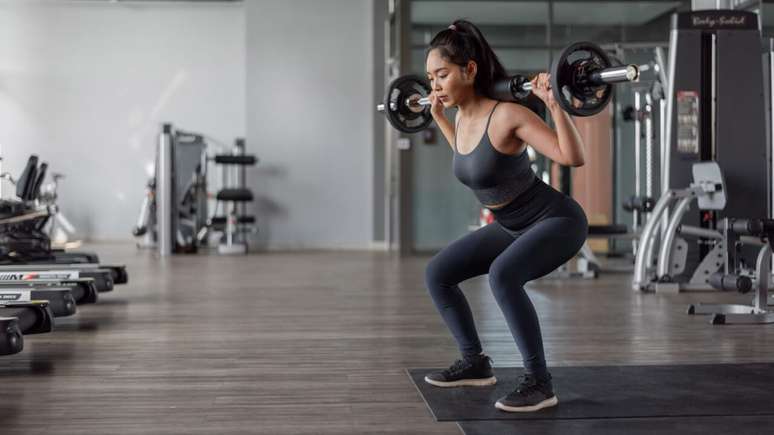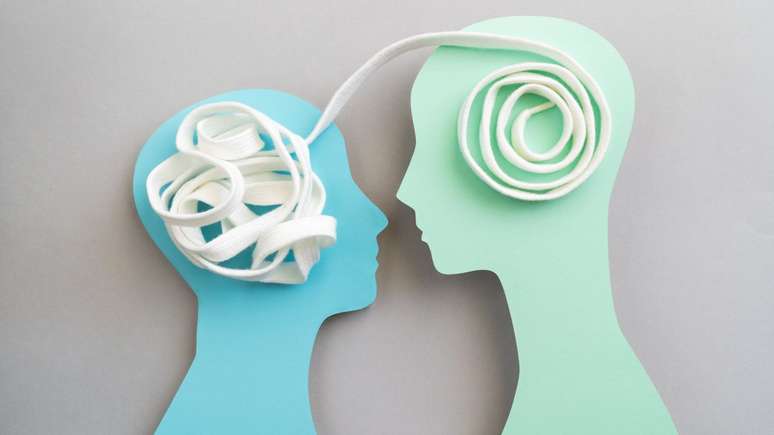The purpose of this series of tips is to prevent some errors from going unnoticed.
The goal of squat training is to strengthen your legs and buttocks. It is also an exercise aimed at the abdomen and back, i.e. it contributes to muscle definition. However, there are those who get these works wrong. And, in this sense, the Competition personal trainer Fabrício Oliveira will highlight the four crucial squat training mistakes in an exclusive interview with Sport Life.
Why are so many mistakes made in squat training?
“Many people understand that they can do the squat, because they have seen someone do it. Be it a practitioner, a blogger, an athlete or a close friend and they think they can do it too. This is when accidents or injuries occur due to make some mistakes in this exercise, which apparently seems simple, but it isn’t”, explains Fabrício.
The four crucial mistakes in squat training
Train with little time
“The practitioner should, before starting the squat, perform mobility work on the ankle and hip regions, strengthen the muscle groups in the core region and lower limbs for better stability. Always start from the simplest to the most complex. In this case, Always start with squats, sitting down and lifting yourself off a bench or using your body weight,” explains Oliveira.
Overweight
“Many people, after starting squats, feel the need to use loads, such as dumbbells, dumbbells, bars and end up overdoing the weight. This can lead to accidents, injuries or incorrect movements,” explains the professional.
Deep squats with back bars
This is the best practice in case of injury or death, since at that moment the practitioner seeks a range of motion almost close to the ground and must come back up with the bar resting on his back.
“Depending on the load, a person may not be able to climb and without the help of a physical education professional, be it a weight room teacher or a personal trainer, this person could fall with the bar on their neck and cause numerous problems or even death, as we have seen happening all over the world in recent days,” he explained.
No accessories
“Do not use safety accessories such as clips to hold the weight plates to prevent them from sliding around the bar, which could injure someone nearby or the practitioner himself. Do not use the safety lock when performing the Smith Squat, the guided bar and do not ask for help or assistance from a teacher available in the weight room”, concludes personal trainer Fabrício Oliveira.
Source: Terra
Ben Stock is a lifestyle journalist and author at Gossipify. He writes about topics such as health, wellness, travel, food and home decor. He provides practical advice and inspiration to improve well-being, keeps readers up to date with latest lifestyle news and trends, known for his engaging writing style, in-depth analysis and unique perspectives.





![A Better Life Preview: What’s in store for Friday, October 24, 2025 Episode 449 [SPOILERS] A Better Life Preview: What’s in store for Friday, October 24, 2025 Episode 449 [SPOILERS]](https://fr.web.img6.acsta.net/img/16/27/1627e795b389773da60b2ef0a5dfdfd0.jpg)

